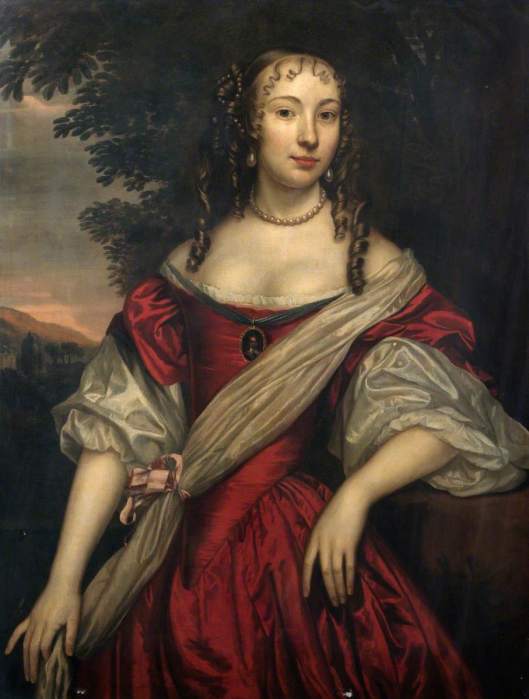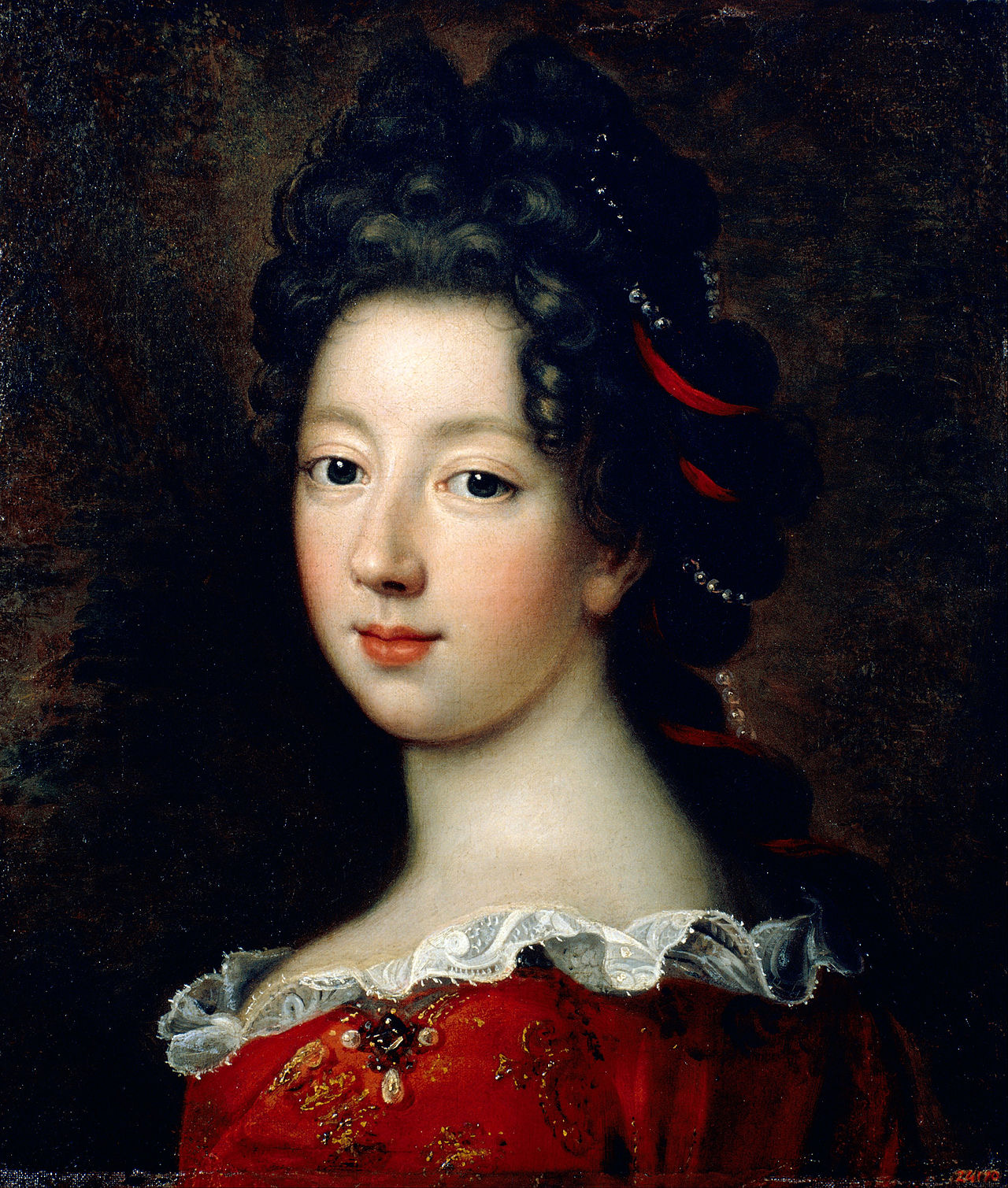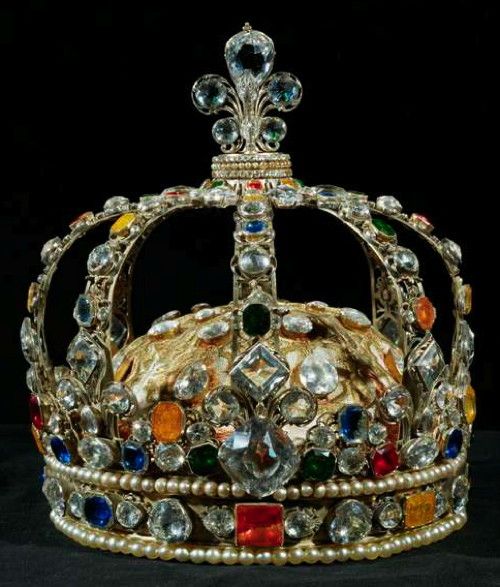Tags
1st Duke of Lancaster, Blanche of Lancaster, Burgundian Netherlands, Burgundy (Bourgogne), Charles the Bold, Emperor Friedrich III, Holy Roman Emperor Charles V, Holy Roman Emperor Maximilian I, House of Habsburg, House of Valois-Burgundy, John of Gaunt, King Jean II of France, King João I of Portugal, King Robért II of the Franks, Louis XIV of France, Low Countries, Philip IV of Burgundy, Philip the Handsome, Philippa of Lancaster, Philippe the Bold, The Duchy of Burgundy, to Infanta Isabella of Portugal
In 1493, Emperor Friedrich III died. Archduke Maximilian became the de facto leader of the Empire and relinquished control of the Netherlands to his and Mary’s son Archduke Philipp of Austria who became Duke Philippe IV of Burgundy upon his mothers death.
Archduke Maximilian succeeded his father as King of the Romans from 1486 and Holy Roman Emperor from 1508 until his death in 1519.
Although the territory of the Duchy of Burgundy itself remained in the hands of France, the Habsburgs remained in control of the title of Duke of Burgundy and the other parts of the Burgundian inheritance, notably the Low Countries and the Free County of Burgundy in the Holy Roman Empire.
The Habsburgs often used the term Burgundy to refer to it (e.g. in the name of the Imperial Circle it was grouped into), until the late 18th century, when the Austrian Netherlands were lost to the French Republic. The Habsburgs also continued to claim Burgundy proper until the Treaty of Cambrai in 1529, when they surrendered their claim in exchange for French recognition of Imperial sovereignty over Flanders and Artois.
By this time, rebellions against Maximilian’s authority had been subdued by force and a strong ducal monarchy was established. He made sure that during their son’s inauguration, Duke Philippe IV confirmed only the rights granted to territories by the time of Philippe III the Good.
Philippe IV was not yet four years old when his mother died as a result of a riding accident, and upon her death, he inherited the Burgundian Netherlands. Despite his young age, Philippe IV quickly proved himself an effective ruler beloved by his people in the Low Countries, pursuing policies that favored peace and economic development, while maintaining a steady course of the government building.
In 1496, Philippe’s father arranged for him to marry Infanta Joanna of Aragon the second daughter of Queen Isabella I of Castile and King Fernando II of Aragon. Around the same time, Philippe’s sister, Margaret, was given in marriage to Joanna’s brother Infanta Juan of Aragon, Prince of Asturias.
After the deaths of her brother Infanta Juan, sister Isabella, and nephew Infante Miguel of Portugal, Infanta Joanna became heiress presumptive to the thrones of Castile and Aragon.
Most of Philippe IV’s time in Spain was spent consolidating his power, often leading to conflicts with his wife and her father. Infanta Joanna became Queen of Castile when her mother died in 1504.
Philippe IV was proclaimed King Felipe I of Castile in 1506, but died a few months later, leaving his wife distraught with grief.
Duke Philippe IV of Burgundy, King Felipe I of Castile and Archduke Philipp of Austria (to give him his proper names and titles in each country) and his wife, Infanta Joanna of Aragon had two sons and four daughters. The two sons were Archduke Charles and Archduke Ferdinand.
Archduke Charles (Charles of Ghent) became upon his father’s death Lord of the Netherlands as titular Duke Charles II of Burgundy from 1506 to 1555.
In 1526, Charles II of Burgundy was by then, Charles V, Holy Roman Emperor, and he was restored officially to the title and the territory by the French King François I, under duress as part of the Treaty of Madrid. But François I repudiated the Treaty as soon as he was able, and Charles V never managed to secure control of the duchy.
Further, with the abdication of Charles V as Holy Roman Emperor, King Henri II of France argued that since the main family line of the House of Habsburg had ceased ruling the Holy Roman Empire or Austria, the claim of the title by the Spanish Habsburgs was null and void.
The territory of Burgundy remained part of France from then onwards. The title was occasionally resurrected for French princes, for example the grandson of Louis XIV (Louis, Duke of Burgundy) and the grandson of Louis XV, the short-lived Louis Joseph.
The current king of Spain, Felipe VI, claims the title “Duke of Burgundy”, and his predecessor’s coat of arms included the cross of Burgundy as a supporter. The cross of Burgundy was the flag of the Spanish Empire at its height.



















